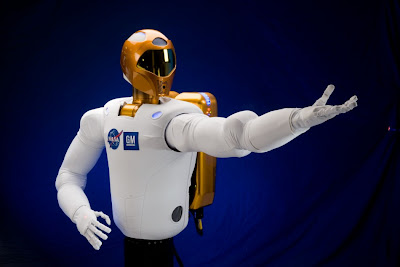
Mercury, the tiny rocky planet closest to the sun, may have a lot common with earth, but a spacecraft sent to the least-explored planet in the system is providing surprising data that has revolutionized the way scientists think about the innermost planet.
New close-up images and data provided by NASA's MESSENGER -- Mercury Surface, Space ENvironment, GEochemistry and Ranging -- spacecraft have revealed an unforeseen class of landforms on the planet closest to the sun.
MESSENGER spacecraft, the first to achieve orbit around Mercury, has found that the planet has a lot of unfathomable lava flows that envelop its northern polar region with no other earth-type volcanoes in view, the U.S. space agency says.
Mercury's exterior portion have slopes just like the hills and valleys on Earth, but those of the smallest planet in the solar system are described as "hollows" to distinguish them from craters.
Alligator boots
Diamond Studs
Read More
New close-up images and data provided by NASA's MESSENGER -- Mercury Surface, Space ENvironment, GEochemistry and Ranging -- spacecraft have revealed an unforeseen class of landforms on the planet closest to the sun.
MESSENGER spacecraft, the first to achieve orbit around Mercury, has found that the planet has a lot of unfathomable lava flows that envelop its northern polar region with no other earth-type volcanoes in view, the U.S. space agency says.
Mercury's exterior portion have slopes just like the hills and valleys on Earth, but those of the smallest planet in the solar system are described as "hollows" to distinguish them from craters.
Alligator boots
Diamond Studs
Read More